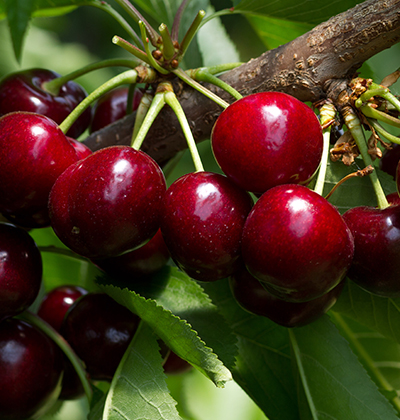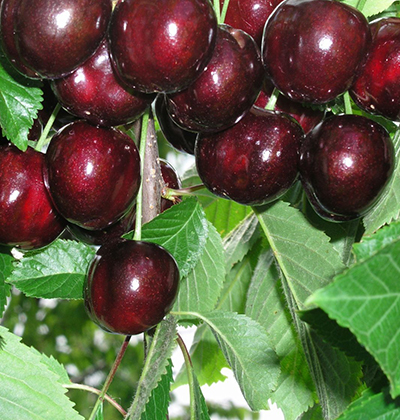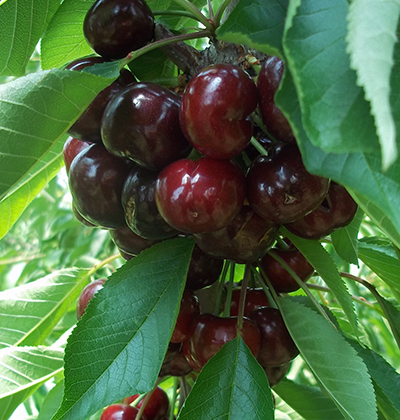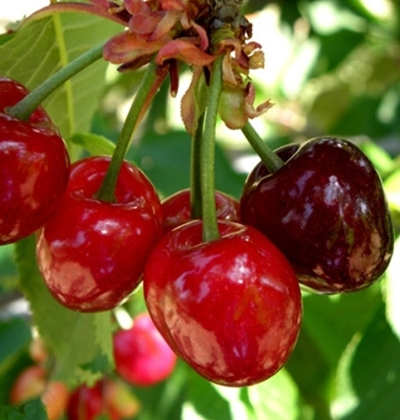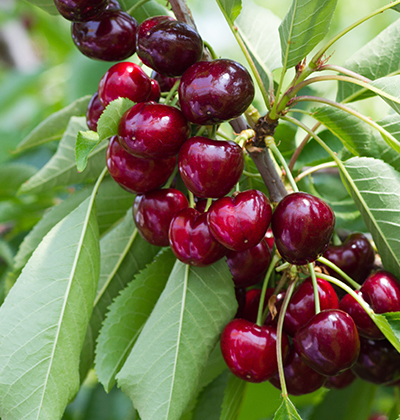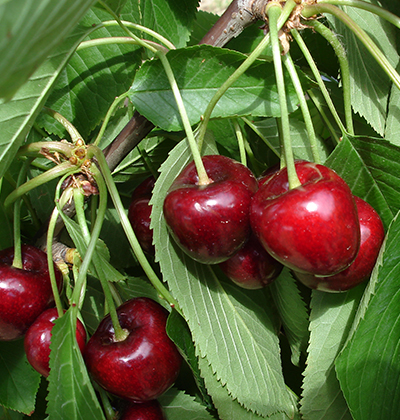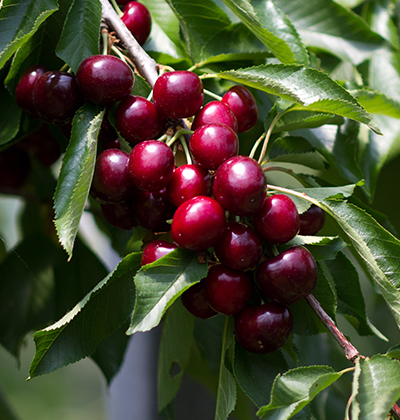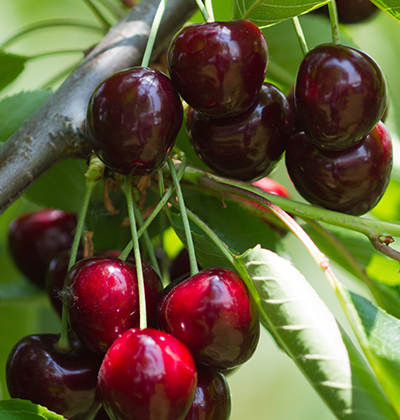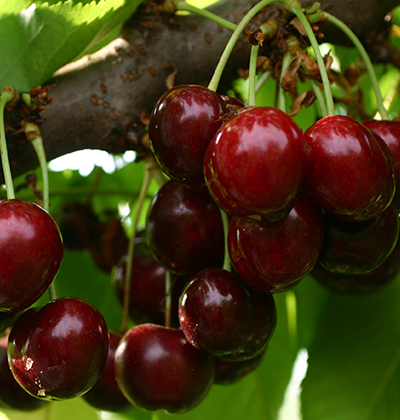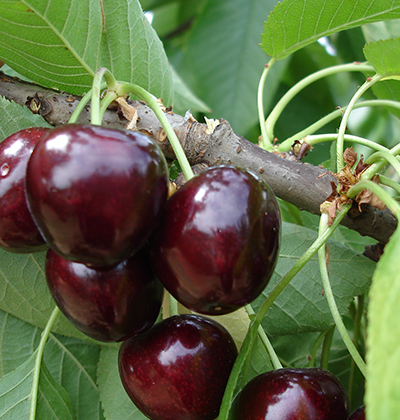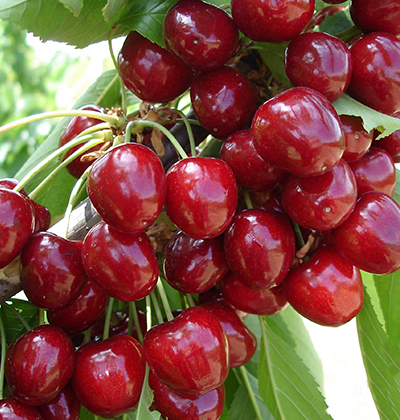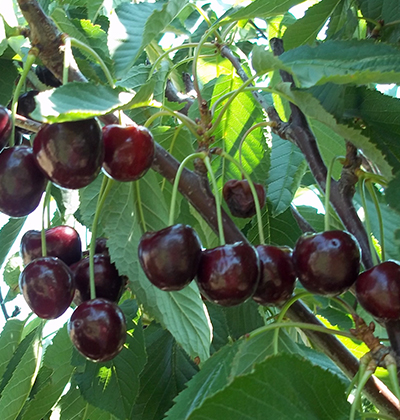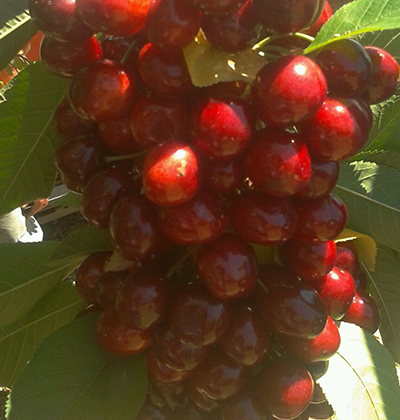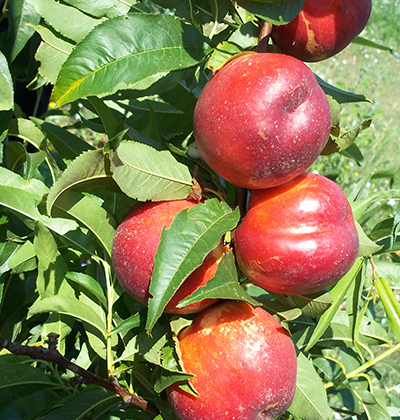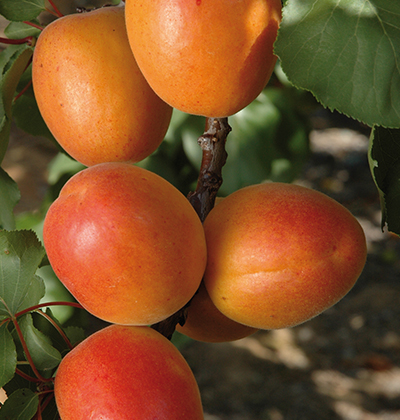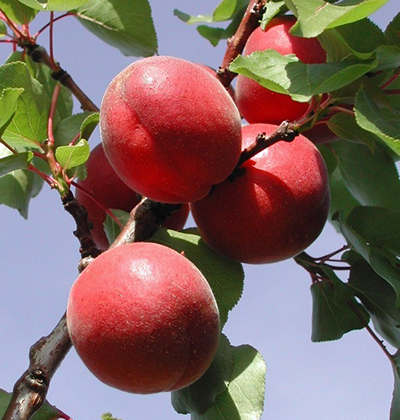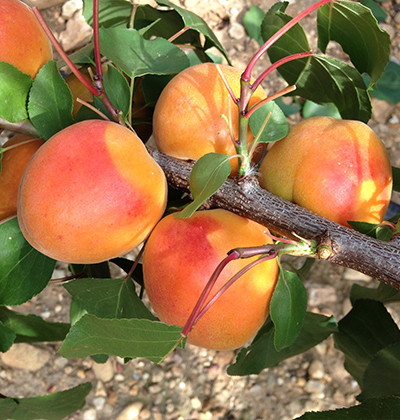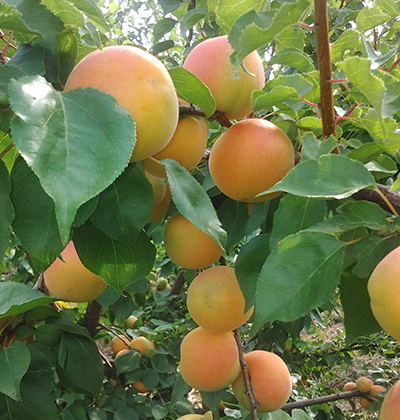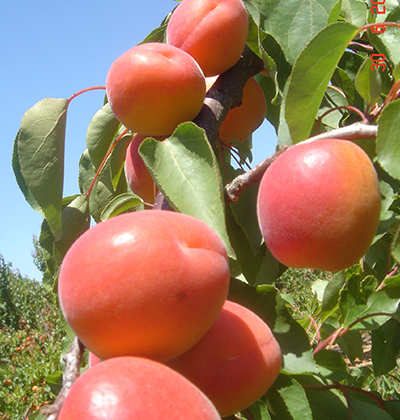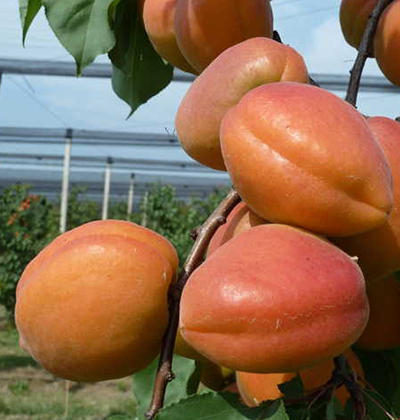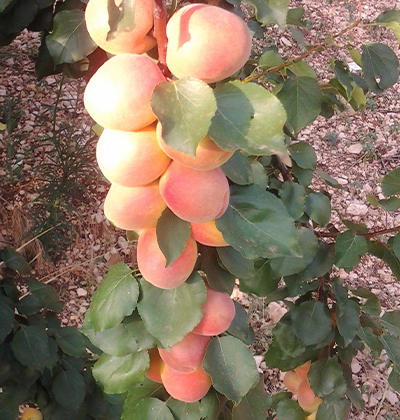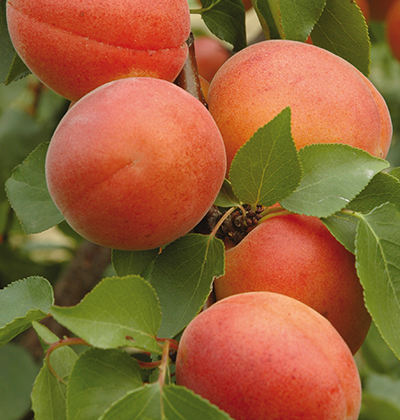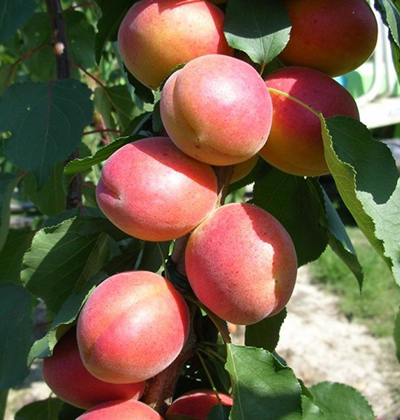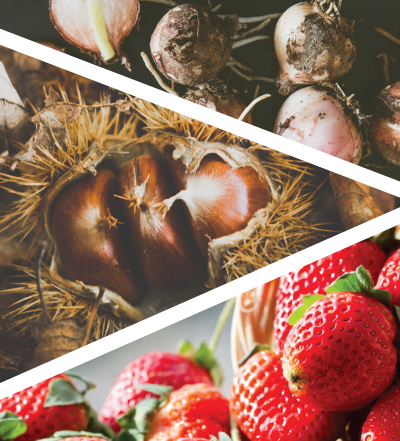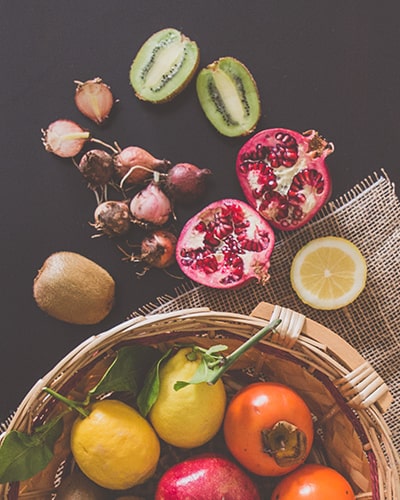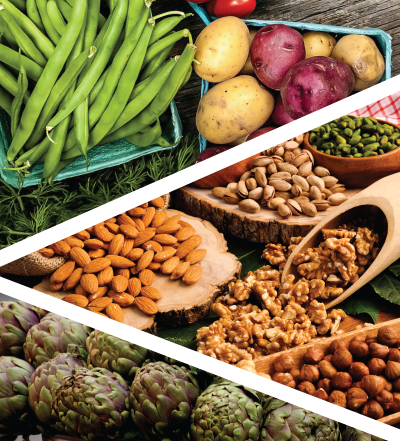Cherries
The Cherry.
A rounded colorful world of passion.
Many shades of red, small treasures with unique flavors.
To each his own.
We chose to cultivate the better ones, with passion, care and a stable commitment in quality controls and technologic innovation. That’s why our Company became a leader in the certified high quality of the cherries’ production and distribution.
We take care of the more fertile lands respecting the environment, the natural growing and ripening cycle. Thanks to integrated production methods we pick up natural and honest fruit with high quality standards.
Right after the harvest on the land, the cherries arrive in our factory where they are instantly processed in hydro cooling which takes them to a temperature of 4°Celsius, maintaining their freshness and unaltered flavor.
Its flavor explodes sweet and strong, telling us about the Mediterranean tradition.
Story after story. A cherry leads to another.

